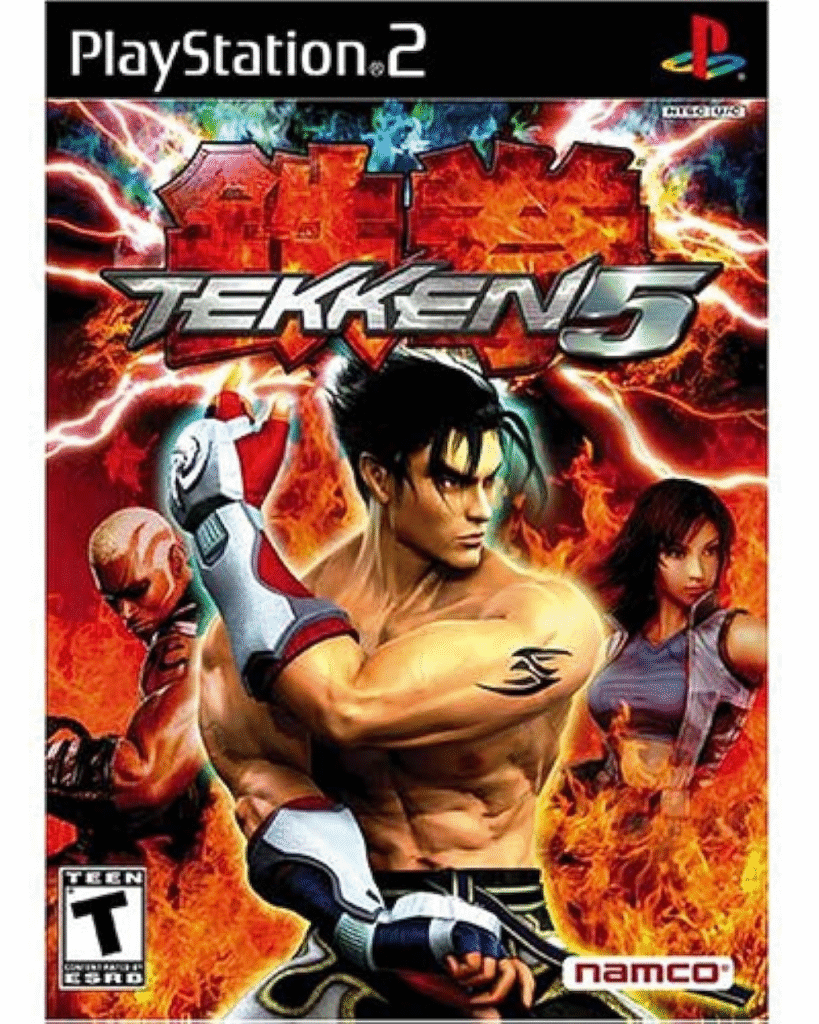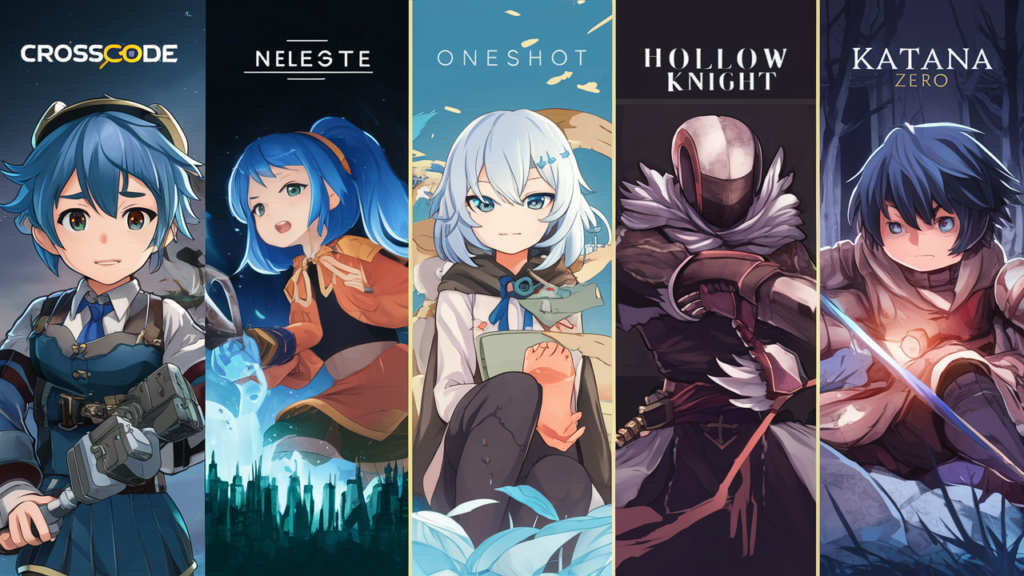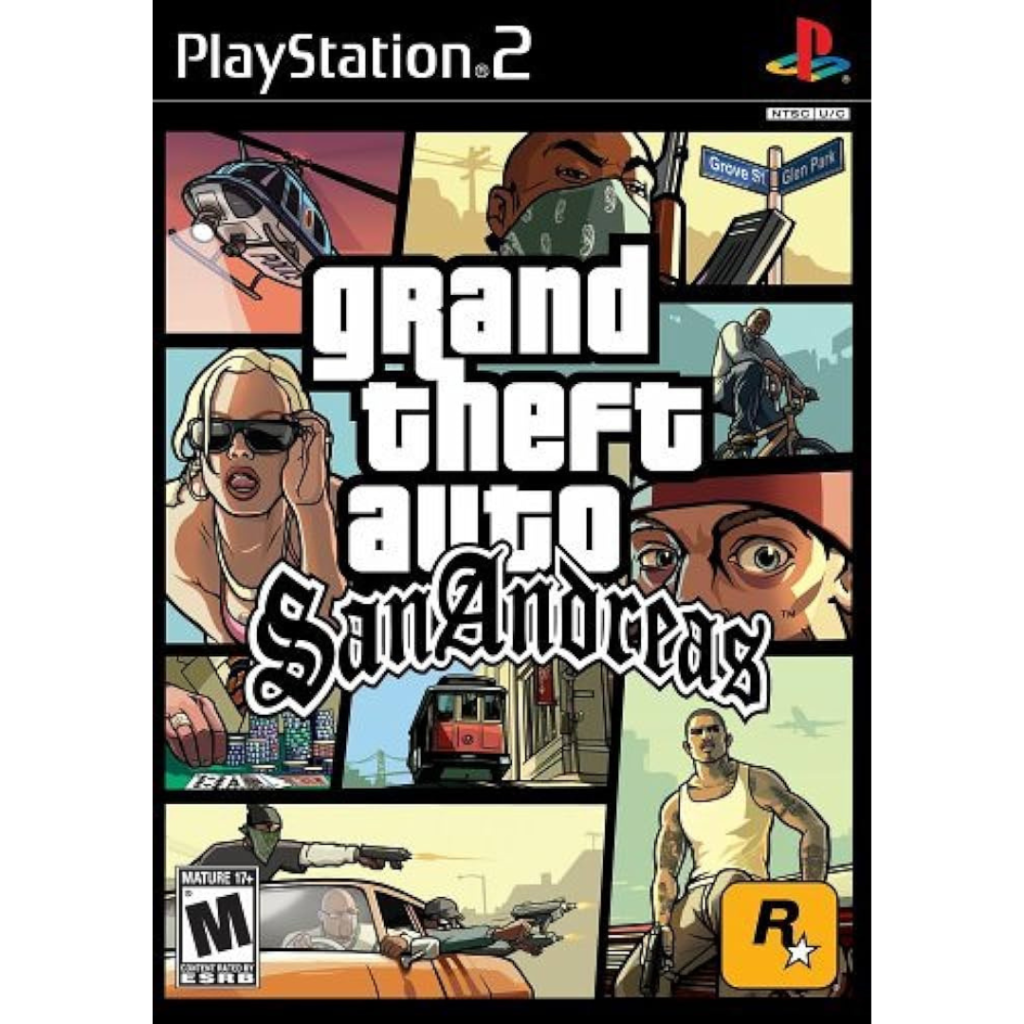
Released in 2004 for the PlayStation 2, Tekken 5 marked a triumphant return for Bandai Namco’s flagship fighting series after the divisive Tekken 4. With refined mechanics, a roster packed with fan favorites, and a wealth of content, it wasn’t just a sequel it was a love letter to fighting game fans and a testament to the PS2’s enduring power.
Gameplay: Back to Basics, But Better
Tekken 5 ditched Tekken 4’s experimental terrain-based combat (which many found clunky) and returned to the fast-paced, juggle-heavy brawls that defined Tekken 3. However, it wasn’t just nostalgia improvements made this the most polished entry yet:
Fluid Combat – Movement felt snappier, with sidestepping and crouch-dashing more responsive than ever.
Juggle System – Combos were expanded, rewarding precision without feeling unbalanced.
New Mechanics – “Crush” attacks (strikes that ignored certain defenses) and wall-bound combos added depth.
Character Balance – While not perfect (Jinpachi’s final boss form was brutal), the roster felt diverse and viable.The arcade perfect port of Tekken 1, 2, and 3 (unlocked via the Devil Within mode) was a genius bonus, offering a nostalgic trip through the series’ roots.
Content: A Feast for Fighters
Tekken 5 packed more modes than a Mishima family feud:
Arcade Mode – The core experience, culminating in the infamous Jinpachi Mishima boss fight.
Devil Within – A goofy but fun beat-’em-up starring Jin, with roguelike elements.
Practice & Time Attack – Essential for mastering the game’s nuances.
Customization – Unlockable costumes, accessories, and even alternate outfits for arcade cabinets.
The Tekken Dojo mode (online via PS2’s now-defunct network) was ahead of its time, though local multiplayer remained the star.
Graphics & Sound – PS2 Pushed to Its Limits
Visuals – Character models were crisp and detailed, with fluid animations and dynamic stages (like the cherry blossom-filled Moonlit Wilderness).
Stages – Interactive destructible walls and floors (e.g., Urban Warzone) added cinematic flair.
Soundtrack – A mix of hard-hitting rock and atmospheric tracks (Electric Fountain remains iconic).
Voice Acting – Cheesy but charming, with each fighter’s win quotes oozing personality.
Story: Mishima Mayhem Continues
The King of Iron Fist Tournament returned after Tekken 4’s cliffhanger, with Heihachi presumed dead and Jin Kazama now the series’ antihero. The arcade endings (rendered in gorgeous CG) delivered over the top drama, from Paul Phoenix’s UFO abduction to King’s orphanage fundraiser. While not Shakespeare, it was pure, entertaining lore.
Legacy & Impact
Tekken 5 revitalized the franchise, laying groundwork for Tekken 6 and 7. Its balance of accessibility and depth made it a favorite among casual and competitive players alike. Today, it’s remembered as one of the best PS2 fighting games, and its mechanics still influence the series.
Final Verdict: Near Perfect Fighter
★★★★☆ (4.5/5)
Tekken 5 is honoring its roots while pushing the series forward. Whether you’re a veteran or a newcomer, its content-rich package and tight gameplay hold up 20 years later.
Best For: Fighting game fans, PS2 collectors, Mishima family drama enthusiasts.
Skip If: You prefer 3D fighters with simpler mechanics (e.g., Soulcalibur II).
Flaws (Minor Gripes):
Jinpachi’s Difficulty Spike: Cheap AI might frustrate newcomers.
Devil Within’s Clunkiness: A fun distraction, but shallow compared to the core fighting.
No Online Today: Without mods, multiplayer is couch-only.


